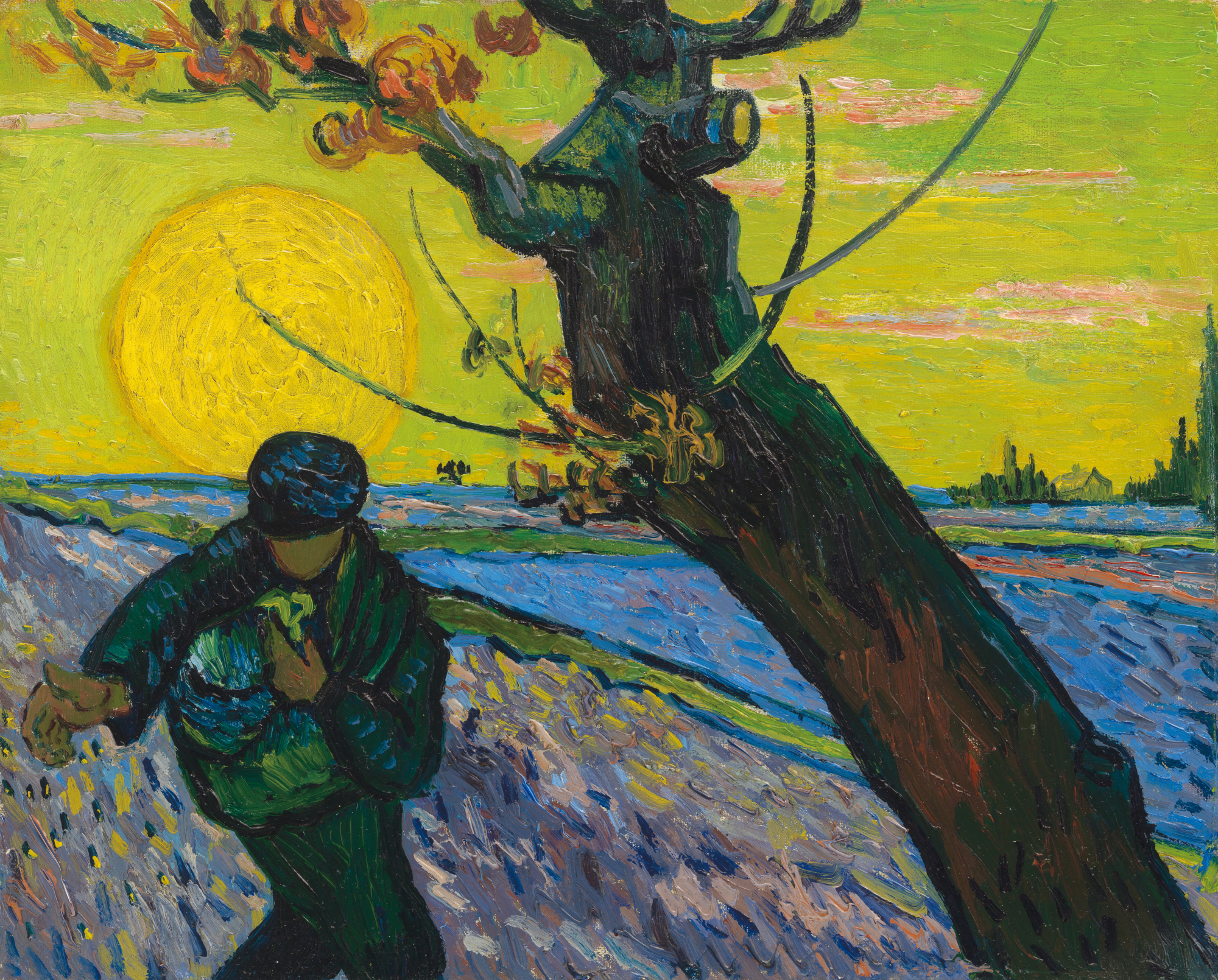"Van Gogh & Japan" concerns a love affair of creative misperceptions between temporally and geographically distant admirers. Van Gogh (1853-1890) never went to Japan, though he idealized it briefly as a utopia in which artists worked communally in converse with nature.
Attempting to establish what became a short-lived artists' collective in Arles from early 1888, Van Gogh described a town surrounded by fields of spring flowers as a "Japanese dream." He wrote to his sister that he no longer needed Japanese paintings: "Here in Arles, I am in Japan." This fanciful outlook transposed a cheerier disposition upon what were famously troubled times for the artist.
The exhibition's focus is the bric-a-brac of Van Gogh's Japan fetishism from around 1886-1890. These include Japan references culled from his letters; Japanese ukiyo-e woodblock prints; illustrations he copied, such as the cover of the May 1886 Paris Illustre Le Japon; and Japanese imagery adapted to oil paintings, like the gaudy and incongruous collage of "Courtesan (after Eisen)" (1887). Further mention must be made of the ukiyo-e exhibition Van Gogh arranged in a favored cafe in 1887, and the inspiration he received from Pierre Loti's novel, "Madame Chrysanthemum," in 1888.

















With your current subscription plan you can comment on stories. However, before writing your first comment, please create a display name in the Profile section of your subscriber account page.